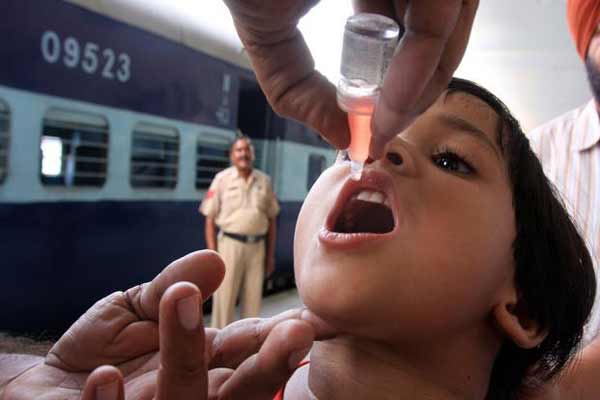
New York, US (BBN)-The Lancet is apparently unhappy with the Indian government’s attitude to public health care.
The government has reportedly refuted the allegations, saying that things are improving, reports the Livemint.com.
But how does our healthcare effort compare with that of other countries?
Data from the World Bank health indicators show that Bangladesh and Nepal, with per capita gross domestic product (GDP) around half of India’s, do much better on health indicators.
And Vietnam, with a per capita GDP slightly less than India’s, outshines India completely.
Forget The Lancet—it is the masses of India who should be unhappy with the state of our healthcare.
India’s per capita GDP in constant 2011 international dollars was $5,445 in 2014, according to the World Bank indicators, while Bangladesh’s was $2,981 and Nepal’s $2,261.
The per capita income of these two countries is, therefore, around half of India’s.
Vietnam’s per capita income by this measure, at $5,370, was only slightly less than India’s.
Let’s compare how these countries have performed on health indicators.
The most basic indicator of well-being is life expectancy. Column 2 shows life expectancy at birth of Indian females, at 68 years, is lower than Bangladesh’s 71 years and Nepal’s 70 years.
These two much poorer South Asian countries offer a longer life to their women, compared with India.
As for Vietnam, life expectancy for women there is 80, which means women can look forward to 12 more years of life there than in India.
Column 3 shows the percentage of a cohort of newborn male infants that would survive to age 65, if subject to current mortality rates.
Only 63 per cent of male Indian babies will reach 65 years of age, compared with 72 per cent for Bangladesh and Vietnam and 69 per cent for Nepalese male babies.

Key indicators of public health
Column 4 shows how the Nepal and Vietnam governments devote a much larger proportion of their GDP to healthcare than India’s. Bangladesh, a much poorer nation, allots 1.3 per cent of its GDP to public health services, the same as India.
The upshot of this stingy attitude to health is that the mortality ratio for newborn babies, for children under five years of age and for mothers are all much higher in India than in Bangladesh and Nepal, except for maternal mortality in which India equals Nepal.
Communist Vietnam does far better than India. Columns 5, 6 and 7 give the details.
Column 8 shows the importance of sanitation, which has a huge bearing on health.
Note that the percentage of the rural population with access to improved sanitation facilities is much lower in India than in neighbouring Bangladesh and Nepal, while Vietnam once again does much better.
And, finally, columns 9 and 10 show the coverage among children of Vitamin A supplements and DPT (diphtheria, whooping cough, tetanus) immunization programmes. Once again, India comes across as the worst performer.
These numbers show that India can easily do much better, at its level of income, than it does now.
Both Nepal and Bangladesh, with per capita incomes almost half of India’s, have done far more for the health of their people, particularly the health of their women and children.
What’s more, India should aim at attaining Vietnam’s health indicators, rather than comparing itself with Bangladesh and Nepal.
But then, Vietnam’s Communist government perhaps has a much higher commitment to its people’s health than the Indian establishment.
After all, what is the point of being a world power or having a high rate of GDP growth unless a nation takes care of its people, especially its mothers and children?
BBN/SK/AD